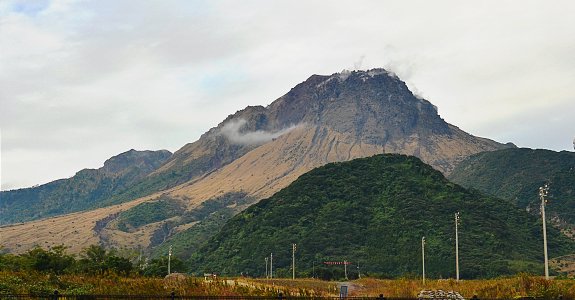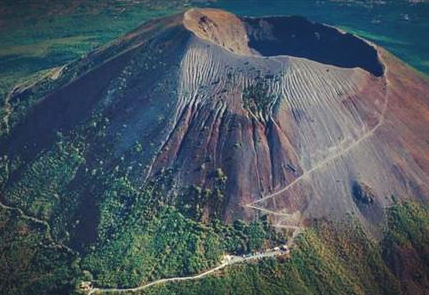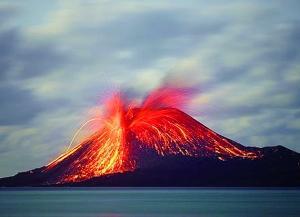10.Mount Unzen: Japan: 1792: 15,000

9.Mount Vesuvius: Italy: 79AD: 18,000

This is perhaps one of the best known of all historic volcanic eruptions: the towns of Pompeii and Herculaneum were completely covered and preserved by the ash cloud. Apart from the sad remains of men, women and children, not to mention loyal pets, we know a fair amount about the eruption as it was witnessed by Pliny the Younger, a Roman administrator and poet. The volcano gave reasonable warning of its intent to erupt with a series of ever more intense tremors occurring; sadly these were ignored by the general population as small earthquakes were considered to be just part of life in those days. The eruption of Vesuvius was intense and strong, lasting for two days and forming a relatively rare, but inescapable flow of super-heated gas and ash known as a pyroclastic flow. If Vesuvius were to erupt today the some 3 million people living in the shadow of the mountain would be in severe danger from the ash and lava, but also from the possibility of a large landslide and accompanying tsunami: a prospect that has seen the government beginning to encourage people to move away from the 'red' zone with cash incentives as well as putting into place a series of evacuation processes ready for the day when Vesuvius begins to rumble in earnest once more.
8.Nevado Del Ruiz: Colombia: 1985: 23,000

The Nevado Del Ruiz does not look like much of a threat to live and limb and yet this smallish snow-covered peak erupted explosively on November 13th in 1985, blasting some 30 kilometres into the air. Despite this show of might, the eruption was actually a relatively small one, but the heat of the lava and ash caused a lot of the nearby snow to melt, almost instantaneously, especially when the water of a nearby lake was included in the flow: the water was very salty, a factor which caused the snow to melt even faster. This sudden abundance of fluid on the flanks of the mountain could only go in one direction: down; and this it did with enthusiasm, forming four thick and fast-flowing lahars (rivers of ash, mud and volcanic debris that flow over the land, taking out everything in their paths). These four lahars flowed down the mountain and into the river valleys below, swelling the rivers to unrecognisable proportions and growing ever larger as they went. These massive bodies of water and mud travelled at around 60 kilometres per hour and, when they passed through towns and villages they simply took down all he houses and people that they encountered; being responsible for the deaths attributed to the volcano.
7.Mount Pelee: Martinique: 1902: 33,000

Mount Pelee(Montagne Pelee in French, which translates to Bald Mountain) stands on the small island of Martinique, which is in the island arc of the Lesser Antilles in the Caribbean: an area known for frequent volcanic and seismic activity. The 1902 eruption seemed to take place fairly slowly, starting about a week before the main eruptions with tremors, and continuing for over two weeks until the main eruption occurred. With all that notice, one would be forgiven for assuming that everyone would have fled the area long before the main event, but this was not the case. Some people refused to leave their homes, farms, animals and possessions, while others left for a day or two, but returned again when little happened with the volcano. When the main eruption did happen (one eye-witness described the eruption thus: 'The mountain was blown to pieces, there was no warning.'), the people left in the main town of Saint-Pierre were killed by an extremely fast moving, and very hot, pyroclastic flow that streamed down the mountain in mere minutes.
6.Krakatoa: Indonesia: 1883: 36,000

Krakatoa signalled the beginning of its eruption in the years preceding the big eruption. In May 1883 the volcano seemed to display greater intent of erupting with ever-more intense tremors, small eruptions and huge plumes of gas. On the 27th of August the island erupted violently in a series of four explosions. So intense and violent was the eruption that the shockwave travelled all the way around the planet, not once or twice, but seven times and was heard as far away as Australia and the island of Rodrigues (near Mauritius): a distance of some 3,000 miles. The sheer violence of the eruption had knock-on consequences all over the world, causing floods and famines near and far. While the official and immediate death toll has been pegged at 36,000 experts say that as many as some 120,000 people may, in fact, have died as a result of the volcano.
翻译:李闻昱 校对:有耳陈小树 来源:前十网











